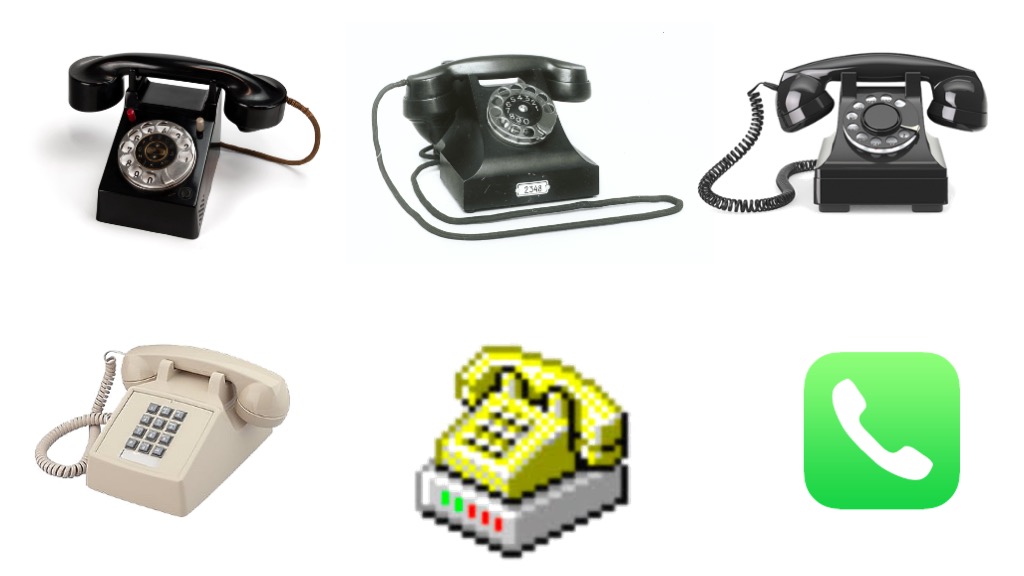Early hacker history is intrinsically tied to the telephone. Early hacker movies, too. Sneakers, WarGames. Hackers, Matrix, all have phones central to the plot. Yet before there was hacker history, there was phone history.
The form factor of the telephone, at the dawn of the twentieth century, was the candlestick. That’s where the mouthpiece is on top of the stand, and the earphone is a cup you hold to your ear. This was the way a telephone looked for nearly forty years. The first phone to break free of this form? Came from the Bauhaus.
Richard Schadewell and Marcel Breuer designed the first cradle telephone in the late 1920s. Created for the Fuld Corporation and used in 1929 for the Frankfurt housing program, the phone is often called the Fuld or Frankfurt phone. Regardless of what you call it, Schadewell and Breuer’s design re-imaged the telephone. But it didn’t get much reach beyond Frankfurt.
Johan Christian Bjerknes and Jean Heiberg took the Fuld phone further with Ericsson’s Bakelite telephone. Ericsson began producing the phone in 1932, and it became popular across Europe. But the design did have problems. The handset was heavy, a problem when holding for an entire conversation. As time went on, repair and maintenance also became a growing concern.
Henry Dreyfuss began working the problem for Bell Telephone Laboratories. Dreyfuss studied the Ericsson and Bauhaus phones. He did field research with telephone repairmen. Dreyfuss studied how people used the phone, held the phone, moved with the phone. Dreyfuss then spent over two thousand hours prototyping, testing, and refining for usability and maintainability. The resulting telephone — Western Electric Model 302 — went into production in 1937. Dreyfuss designed the successor, Model 500, a decade later. The form factor of the 302 and 500 was the dominate phone design well into the 1990s.
Arguably, for fifty years after the 302, the only innovation on the American stock telephone was changing from rotary to push-button dialing with the Model 2500. Ask any hacker who was a kid in the 1970s or 1980s, and they’ll have a story about how they messed with the ubiquitous and cheap 2500 phone. Mine involves playing spy as a kid, “wiretapping” the phone. When Windows 95 and 98 arrived on the scene, the icon for telephony? The iconic Western Electric telephone.
Steve Jobs announced the first iPhone in 2007. He did so with an icon which traced back in time to the Bauhaus school. Our collective understanding of how a phone looks runs from Dreyfuss, to Bjerknes and Heiberg, back to Schadewell and Breuer.
The telephone offers many lessons. Adoption can make or break an innovation. Thinking about the end-user can lead to devices better tuned to their needs, even something as simple as the swoop of plastic that makes a handset comfortably rest on the shoulder. The customers are more than the end-users. Considering how the device will be serviced and maintained over its lifetime leads to sustainable designs. The backwards compatibility, too, provided by telephones is admirable. But when it comes to determining security controls, there’s a more powerful lesson.
The choices we make today will shape how the organization thinks for years to come. Ideas have staying power which outlives any given technology. Choose wisely.

This article is part of a series on designing cyber security capabilities. To see other articles in the series, including a full list of design principles, click here.
Posted by